Our partner from the Royal BC Museum, Katie Dabbs, is part of the team working on the launch of the 54th annual Wildlife Photographer of the Year exhibition and was kind enough to write a guest post for us about the exhibit. Here are her insights as well as her picks on where to shoot wildlife photography of your own the next time you’re in British Columbia’s capital city.
Wildlife abounds in British Columbia. With protected lands and water covering 15 percent of BC’s land base as well as a number of provincial parks, national parks and UNESCO World Heritage Sites filled with everything from eagles and otters to whales and seals, you don’t need to go far to find a deep connection to nature.
It’s no wonder Vancouver Island is home to many talented nature photographers and is a bucket-list destination for avid amateurs looking to hone their photographic skills. For lucky Seattleites, a quick ride up to Victoria, BC on the Victoria Clipper V will lead you right to this spectacular island paradise. Not only will you find plenty of captivating outdoor scenes to fill your memory card, but you’ll also be only a short 10-minute walk away for some indoor nature inspiration.
Featuring images from all over the world the Royal BC Museum’s Wildlife Photographer of the Year exhibition shines a spotlight on the natural world and the impact of human activity on animal habitats. Now in its 54th year, the internationally renowned exhibition is highly competitive, only 100 images are selected from more than 50,000 global entries from both amateur and professional photographers.
To learn more about what it takes to shoot great nature photos, we caught up with BC-based photographer and one of the highly commended photographers in the Wildlife Photographer of the Year competition, Jess Findlay, for some pro tips and suggestions.
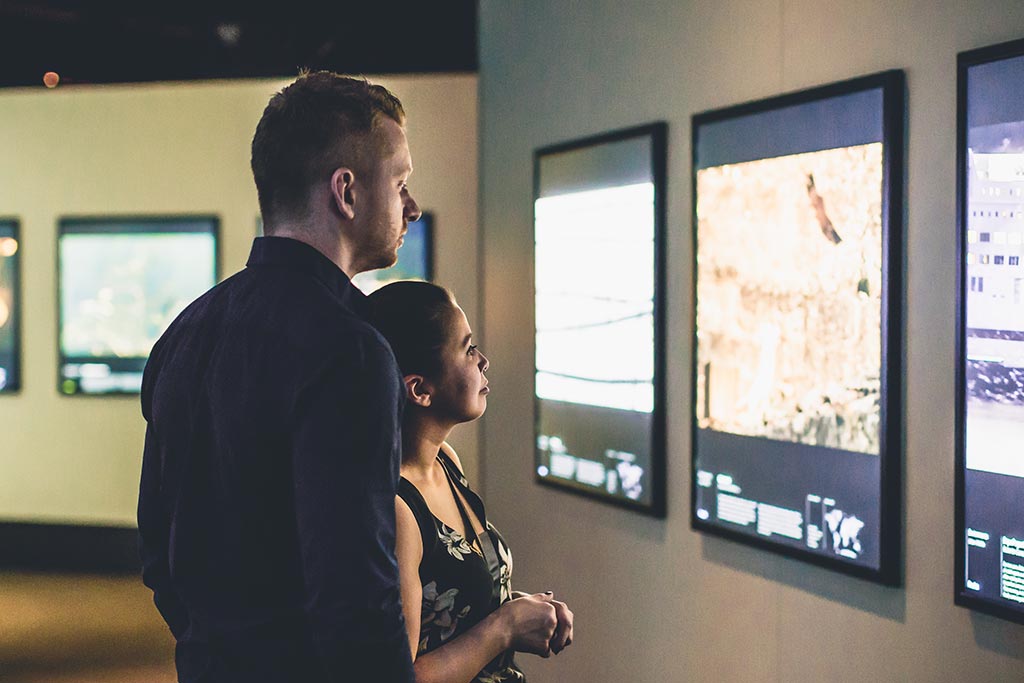
Q: How do you go about finding wildlife to photograph?
A: To me, one of the most enjoyable and gratifying aspects of wildlife photography is the time spent learning about a given species in the lead-up to capturing the photos themselves. Developing a deep understanding of facets such as habitat and food requirements, behavioral patterns and movements within the landscape has enhanced not only my images, but more importantly my overall experience in the outdoors.
Take the time to research your subjects before going out into the field, and do your best to develop the patience and humility to know that you’ll very well come back with empty memory cards more times than you may care to admit — the end result will be that much sweeter.
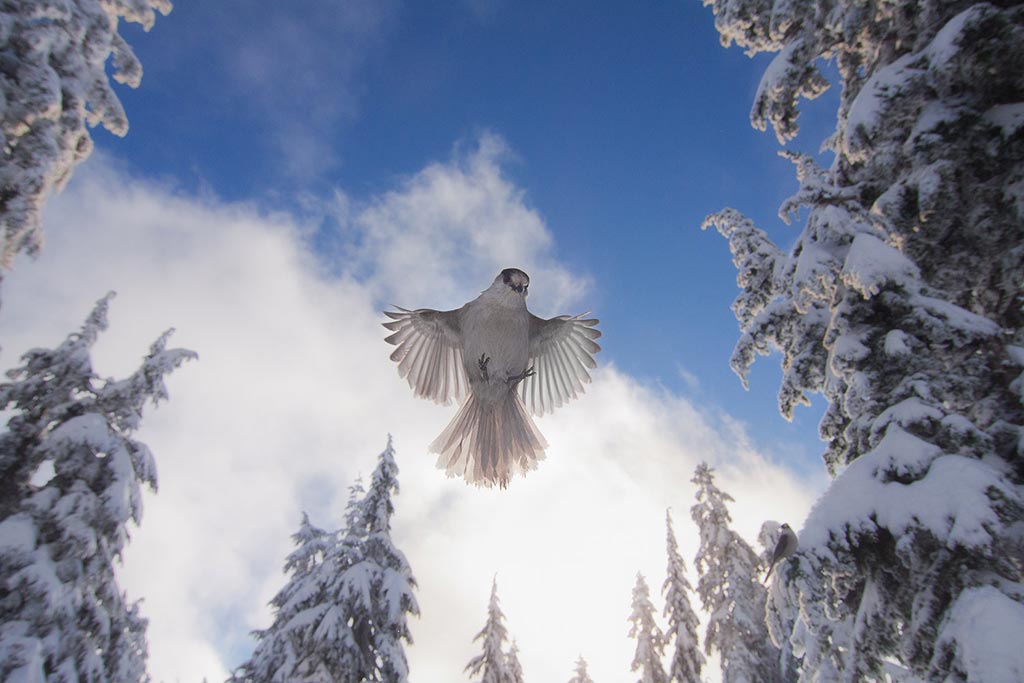
Q: Is there a “best” time of day to shoot wildlife imagery?
A: Dawn and dusk not only generally coincide with the highest levels of wildlife activity, but they also offer up the best lighting. Low-angle golden sunlight or a moody twilight atmosphere can add a lot to a wildlife photo!
Q: What essential equipment do you need to capture great nature shots?
A: While I’m of the opinion that when it comes to making great images, gear is far less important than time spent learning your subjects, there are a few critical pieces of gear I’d recommend to anyone. I’ve long been a proponent of using a sturdy tripod. Even with the sophisticated stabilization found in today’s lenses, the difference is almost always noticeable.
Apart from photography-specific equipment, I’d recommend investing in quality outdoor gear such as rain gear, solid footwear and a practical bag to carry gear with room for food and other necessary items. The more comfortable and prepared you are, the more time you’ll want to spend outdoors and the more awesome moments you’ll experience and capture!
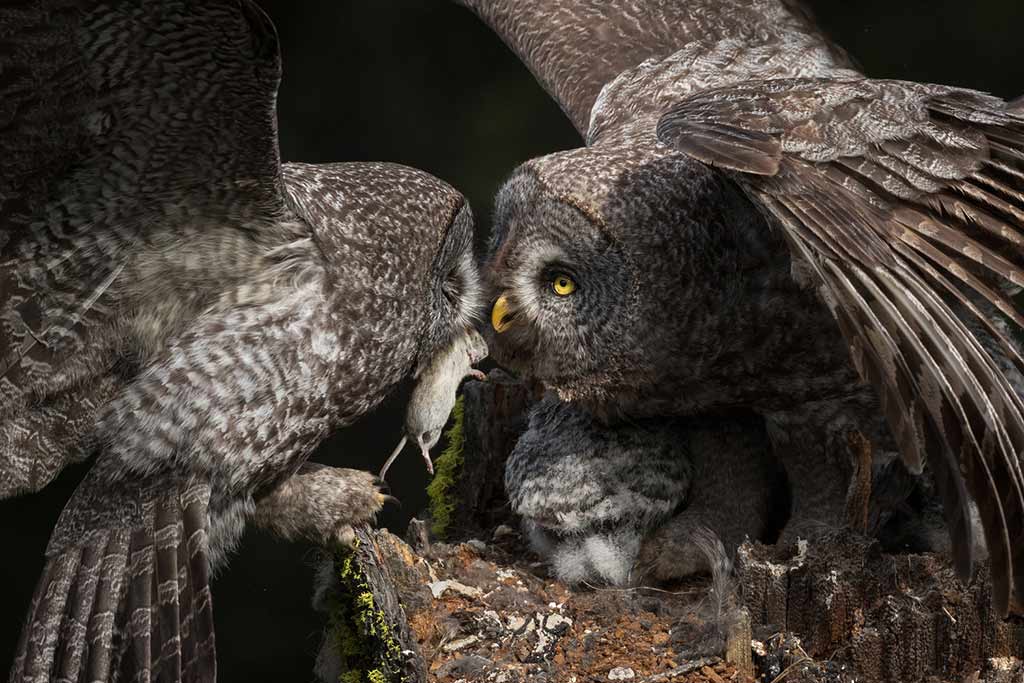
Q: If you can only afford one lens, what is a good range for a telephoto lens to capture nature photos?
A: With the advent of relatively lightweight “superzoom” telephoto lenses such as a 150-600mm lens, it’s becoming easier to capture a wide range of scenes and subject matter with a single piece of gear, without a big compromise in image quality. These are particularly useful for photographers who want to simplify and go lightweight or for people starting to become more serious but have yet to specialize in any one facet of nature photography.
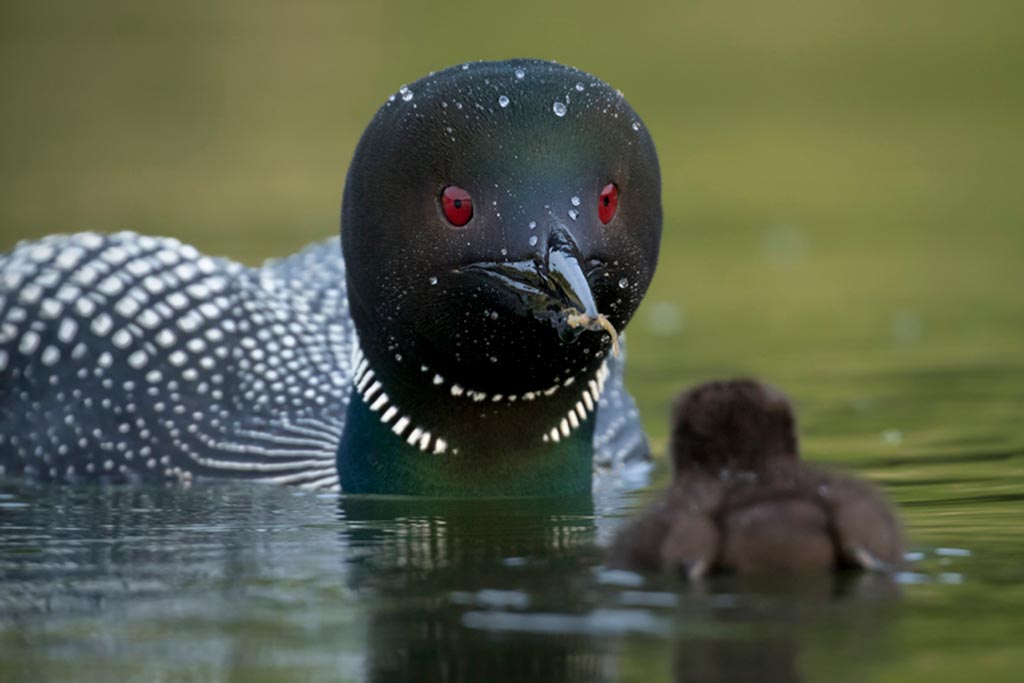
Q: Should you Photoshop your pictures?
A: Editing pictures is a subject of much debate within the photographic community. Ultimately, it comes down to personal style and ethics, as well as what you plan on doing with the image. My own personal ethic has long been doing as much as I can within the camera to mitigate the need to “fix” things in post.
My normal process within Photoshop is to make subtle tweaks to color, contrast and sharpness to more accurately represent the scene to my viewers. Finding your way in this important aspect of photography is just another part of the creativity and fun.
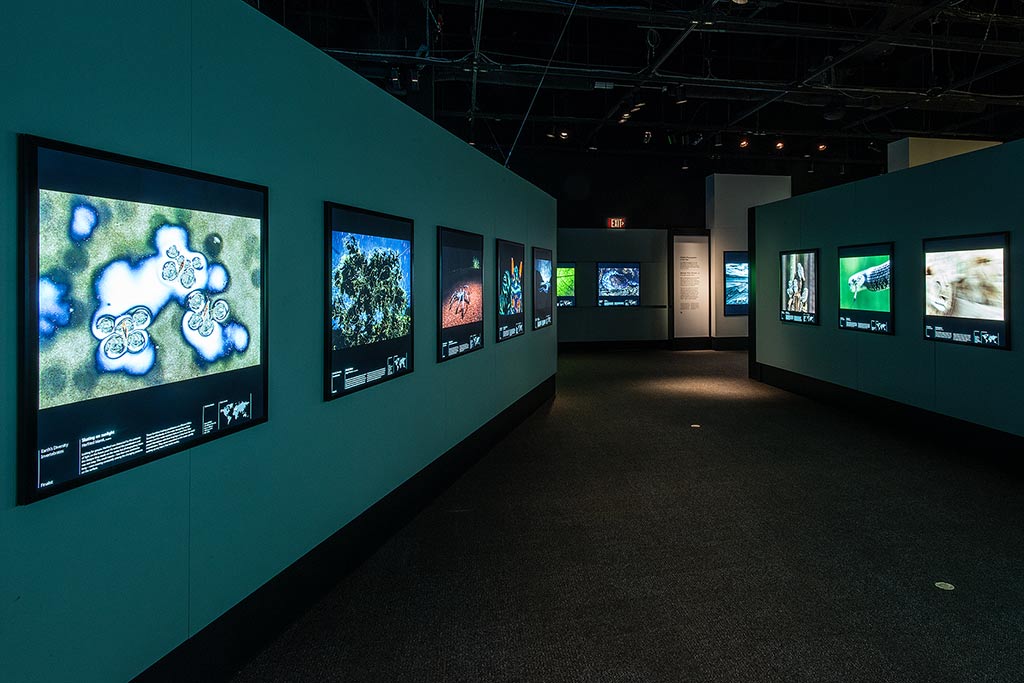
Ready to take your own wildlife photos after visiting the exhibition? Bring your camera and tripod and see how many of the following animals you’re able to photograph in and around Victoria. Here are a few tips on where to find our favorites:
Hummingbirds: Stroll from the Inner Harbour along the coastal Dallas Road walking path and keep an eye on the hedgerows lining the water’s edge for the vibrant green bodies and fuchsia-throats of Anna’s hummingbirds.
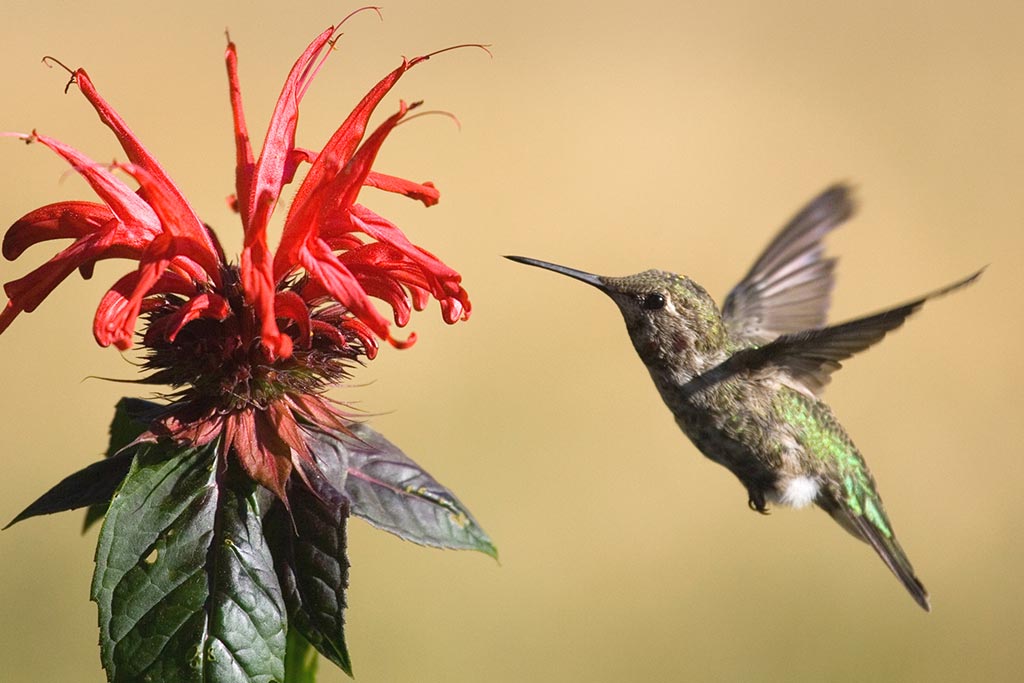
Eagles: Make a stop at Goldstream Provincial Park, just a 25-minute drive from downtown Victoria. Surrounded by massive trees including Douglas firs and western cedars, the park is home to plenty of wildlife and the Goldstream estuary is a particularly great spot to see bald eagles. (Inside tip: If you’re visiting in late October through November, the salmon run provides plenty of opportunities to spot bald eagles feasting on the fish carcasses.)
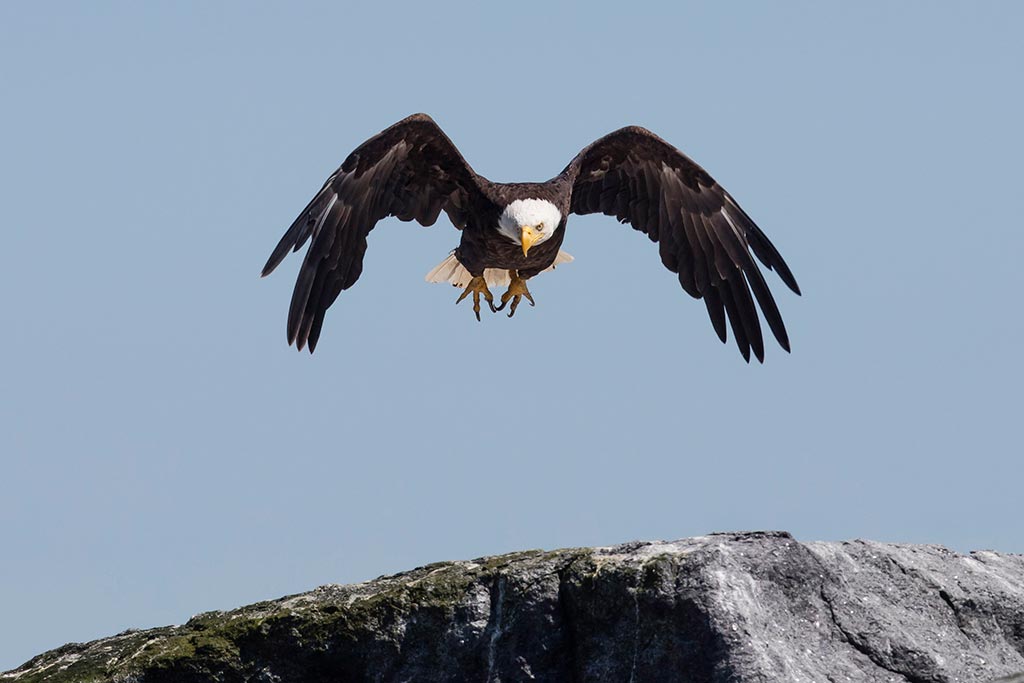
Seals: It’s not uncommon to see a harbor seal peeking out of the water in the Inner Harbour or along Dallas Road! Nearly two meters long, these inquisitive creatures can often be seen swimming and bobbing out of the water from the Breakwater and at Fisherman’s Wharf.
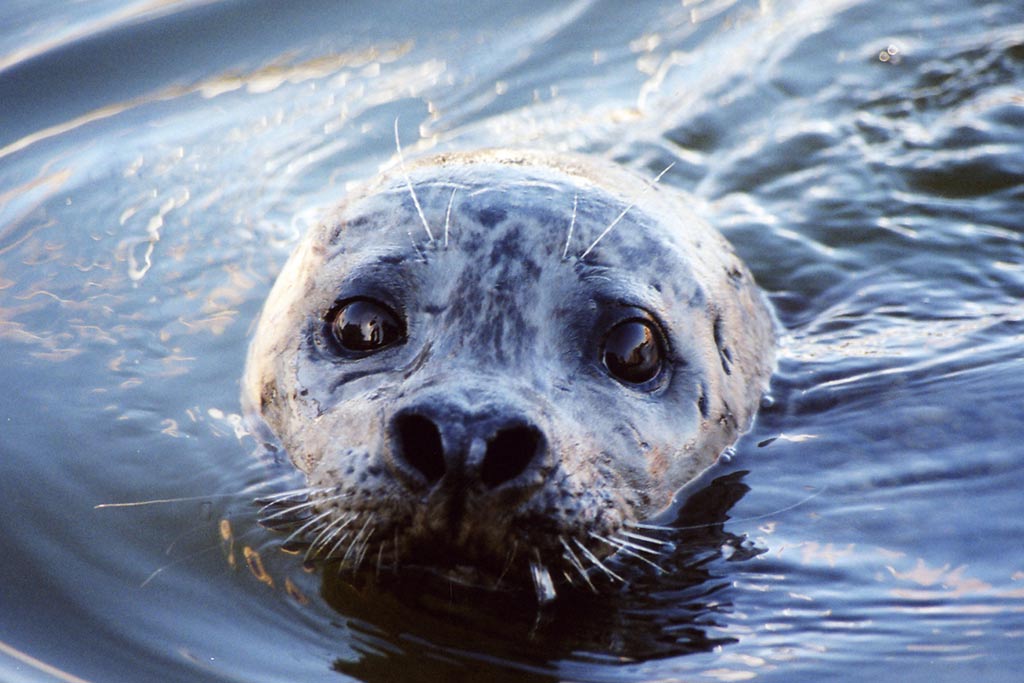
Whales: The Island’s waters are home to gentle giants such as humpbacks, orcas and harbor porpoise. Meet these mighty beasts in person with a Five Star Whale Watching tour, which provides an intimate experience on the Salish Sea with local marine mammals of all kinds, with an emphasis on conservation and education. Book this tour with Clipper, learn more.
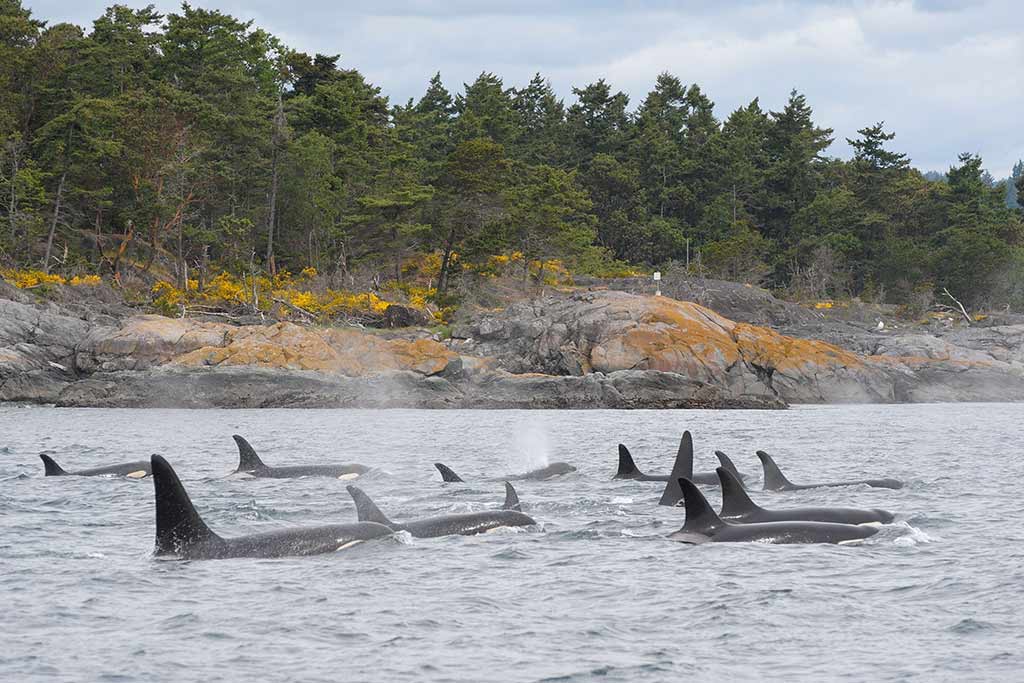
Herons and Peacocks: Make the five-minute walk from the Royal BC Museum to Beacon Hill Park and wander through the grounds to catch sight of herons, ducks, peacocks and a myriad of other birdlife.
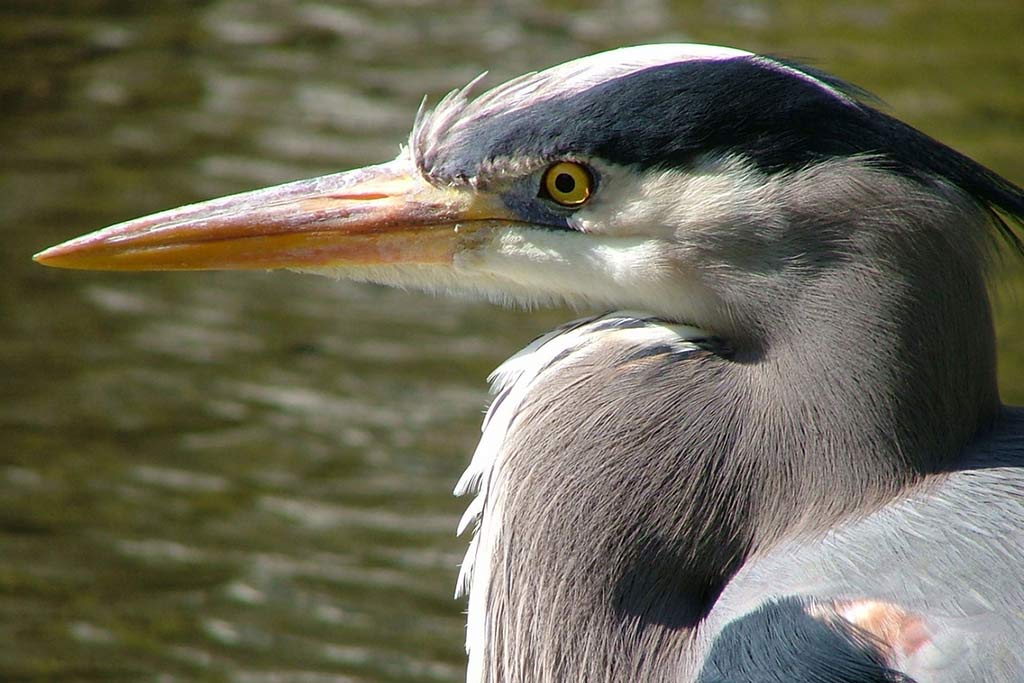
Don’t forget to look up! As the home to one of the city’s heron rookeries (nesting colonies), herons are a common sight in the park and are often spotted in the trees along Douglas Street near Fountain Lake. Peacocks freely roam the grounds, putting on displays of their beautiful feathers for passersby, and can sometimes be seen jumping into trees to roost!
Charge up your camera battery and let your lens be your guide as you explore around this spectacular island. You are sure to leave with some noteworthy snaps.
Situated on the traditional lands of the Lekwungen people, the Royal BC Museum is one of Canada’s cultural treasures. The museum’s collections, research and presentations tell the stories of British Columbia in ways that enlighten, stimulate and inspire. Wildlife Photographer of the Year exhibition: Feb. 15 — March 24, 2019.

